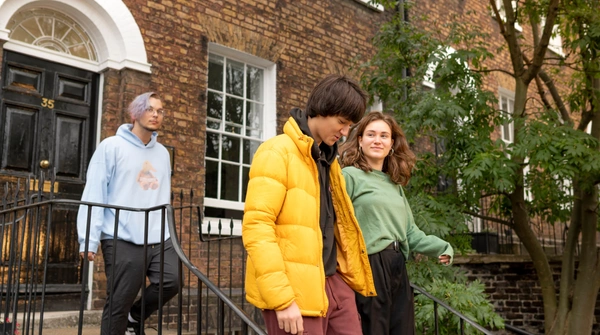Non uniform education

As parents of children in Years 5 and 6 consider their secondary education options they are inevitably looking at what makes different local schools stand out. In 1965 three Iowa teenagers were suspended for breaking uniform code by going to school sporting black arm bands to protest against the Vietnam War. Less politically, in the 1980s, Adrian Mole won the heart of Pandora Braithwaite by organising a red sock wearing protest against the fossilized fashion of compulsory school wear at their West Midlands comp.
At Rochester Independent College students are free to wear whatever they like as long as clothing is not dangerous or offensive. Teachers, who are addressed by their first names, don't waste time telling resentful uniform code refuseniks to tuck their shirts in. With the rules relaxed, students quickly choose to dress sensibly on a daily basis for the classroom, not the catwalk. In the words of one quoted by The Good Schools Guide: “The only thing to rebel against here is education itself.” At RIC students adopt a very formal approach to their studies and treat their examination preparation seriously. Last year saw a record number placed at university for medicine alongside those proceeding to top art and film schools. Oxbridge, UCL, Durham and Imperial places are received every year for our students. The Independent Schools Inspectorate judged that the personal development and behaviour of RIC students was “excellent” saying: “The use of first names, and informal attire generate a relaxed working environment. Sanctions are few in an atmosphere which values respect highly, and rudeness is not tolerated.”
Some English schools (and politicians) see uniform as a quick fix for a range of problems. However, serious discipline and academic issues are unlikely to be solved by nostalgically resurrecting the blazer or draconian decrees issued from the headmaster’s study regarding skirt length. Students flourish when they’re treated as free-range individuals, rather than battery-hen units that must conform. Examples from around the world show that high standards of discipline, team spirit and attainment are not synonymous with school uniform.
Research agrees that the perceived benefits of sartorial strictness are bogus. A recent Harvard study reported that “relaxed, liberal schools that shun uniforms and encourage pupils to call teachers by their first names produce students who are more motivated than in disciplined establishments”. The Sutton Trust meanwhile says: “There is no robust evidence that introducing a school uniform will, by itself, improve academic performance, behaviour or attendance.”
Importantly, the lack of uniform is widely debated among our students – they’re aware of the danger of defining individuality in terms of clothing, and of issues such as body image and self esteem. As media savvy individuals they are suspicious of attempts by some schools to use uniform as part of their corporate identity and brand.
“Not having to wear school uniform is a blast,” says one Year 9 RIC pupil. “We love having freedom of expression.”
Daniel joined RIC from Sutton Valence Prep and says: “RIC is brilliant because the classes are very small and all the teachers are really nice. They don’t wear suits and ties either!”
One day each year however Lower School students wear their old school uniforms - as a charity fundraiser for Comic Relief and The Woodland Trust! As students join RIC from many different schools there is always a colourful range of old ties, customised straw boaters, accessorised prefect badges and desecrated blazers on display.